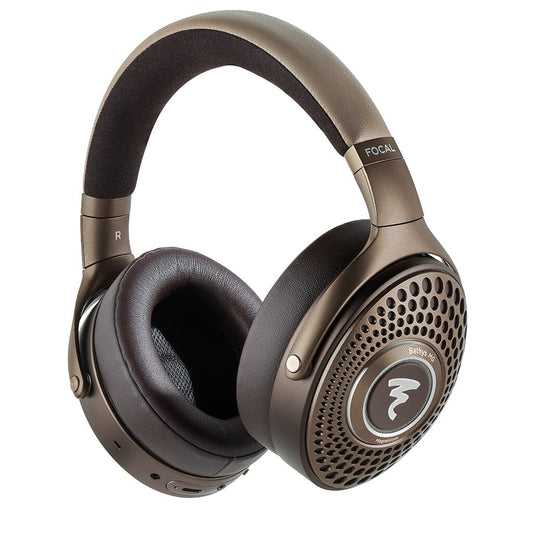Focal Bathys MG Review: The Best Sounding Wireless Headphone?
Join Resolve as they dive deep into Focal's newest top-of-the-line wireless ANC headphone and compare it to all of the usual suspects in this product class to find out: is the Bathys MG actually the best sounding wireless headphone?
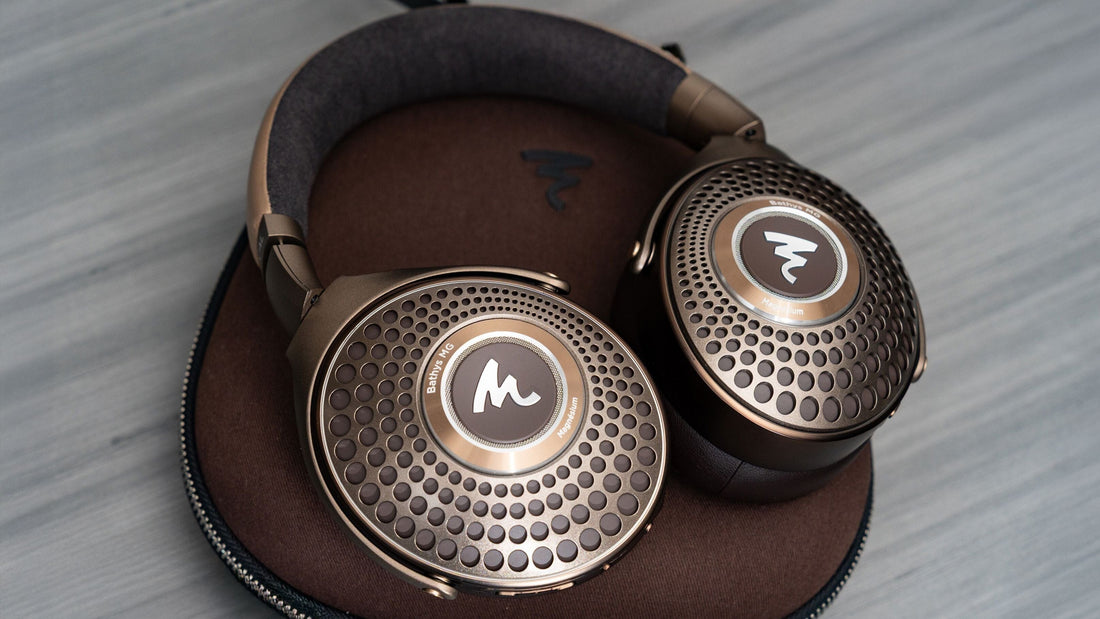
Introductory Rant
I’m putting together this article because as of writing, there isn’t much information available on the Bathys MG apart from the recent video review I did. I figured this would be a good opportunity to provide additional thoughts and comparisons to other products around its price point as well as some of the other highly competent ANC headphones. This is largely the stuff I wasn’t able to get to in the video.
Feel free to skip to the section you’re most interested in below.
Let me begin with a bit of a rant…
So Focal came out with a new wireless ANC headphone, the Bathys MG. The audio community was expecting an upgrade to the original Bathys at some point, but they may not have been expecting that upgrade to cost $1299. The general sentiment, which I mostly agree with, seems to be something along the lines of “nice upgrade but that price tag is insane”.
If I could sum up my feelings about the Bathys MG it would probably be something along those lines.
Now I genuinely feel when talking strictly about sound quality, the Bathys MG handily eats the lunch of the other high end ANC headphones. But its big problem is that it looks and feels mostly similar to the original Bathys, which at the time of writing is $699 - it’s built upon that platform and bears the same name. You’d be surprised at how much this kind of thing can influence a person’s unconscious assessment of a product’s value.
So here’s my spicy perspective on this… I have zero doubt in my mind that if Focal had released this product under a different name, if it had looked a bit different, if it had been positioned more as a new thing altogether, high end consumers would be lauding it as the best of the kilobuck plus range of ANC headphones.
Though, with that said, in my view the bar for the ‘high end’ isn’t all that high. Some of the $1000+ headphones I reviewed last year sounded like I was listening to music from the inside of a cement mixer.
And that really is the problem with this segment. You have some generally competitive products under $500, for what most people consider ‘good’ in noise cancelling headphones. But very few of them focus primarily on sound quality. There are exceptions, but largely when the focus does land on sound quality, brands are far more likely to design for spatial or immersive audio options to tick that box, while generally ignoring the things that actually make for good sound quality in headphones. It’s just not as important.
But then in the high end world where people are being sold more vociferously the promise of good sound quality, in large part because those brands can’t compete on the electronics front with the Apples, Sonys and Boses of the world, the products themselves regularly fail to deliver that. In some cases those high end headphones end up sounding worse even than the consumer-oriented ANC headphones their marketing is trying to demarcate them from.
The point being, buying ANC headphones for good sound quality is an absolute minefield at any price. And, in a way, given how little people seem to actually scrutinize the sound quality of their ANC headphones, the idea of a truly great sounding ANC headphone for audiophiles is a far smaller niche than maybe even the brands making these products realize. It certainly seems easier to rely on strength of marketing, strength of brand, strength of the promise of good sound quality, than actually making something to deliver that.
This is partly what makes the Bathys MG unique. They probably didn’t have to deliver good sound quality at this price point for people with more money than sense to take the plunge, certainly much of their competition didn’t. But Focal did… for the most part.
So let’s talk about the Bathys MG.
What we like
- Improved pad comfort
- Two well-executed sound profiles
- Highly revealing of finer nuances in the music
- Improved ANC and BT performance
What we don’t like
- Some may find lower regions a bit boomy in default mode
- Limited EQ filter options in the app
- Expensive
Focal Bathys MG Wireless Headphones
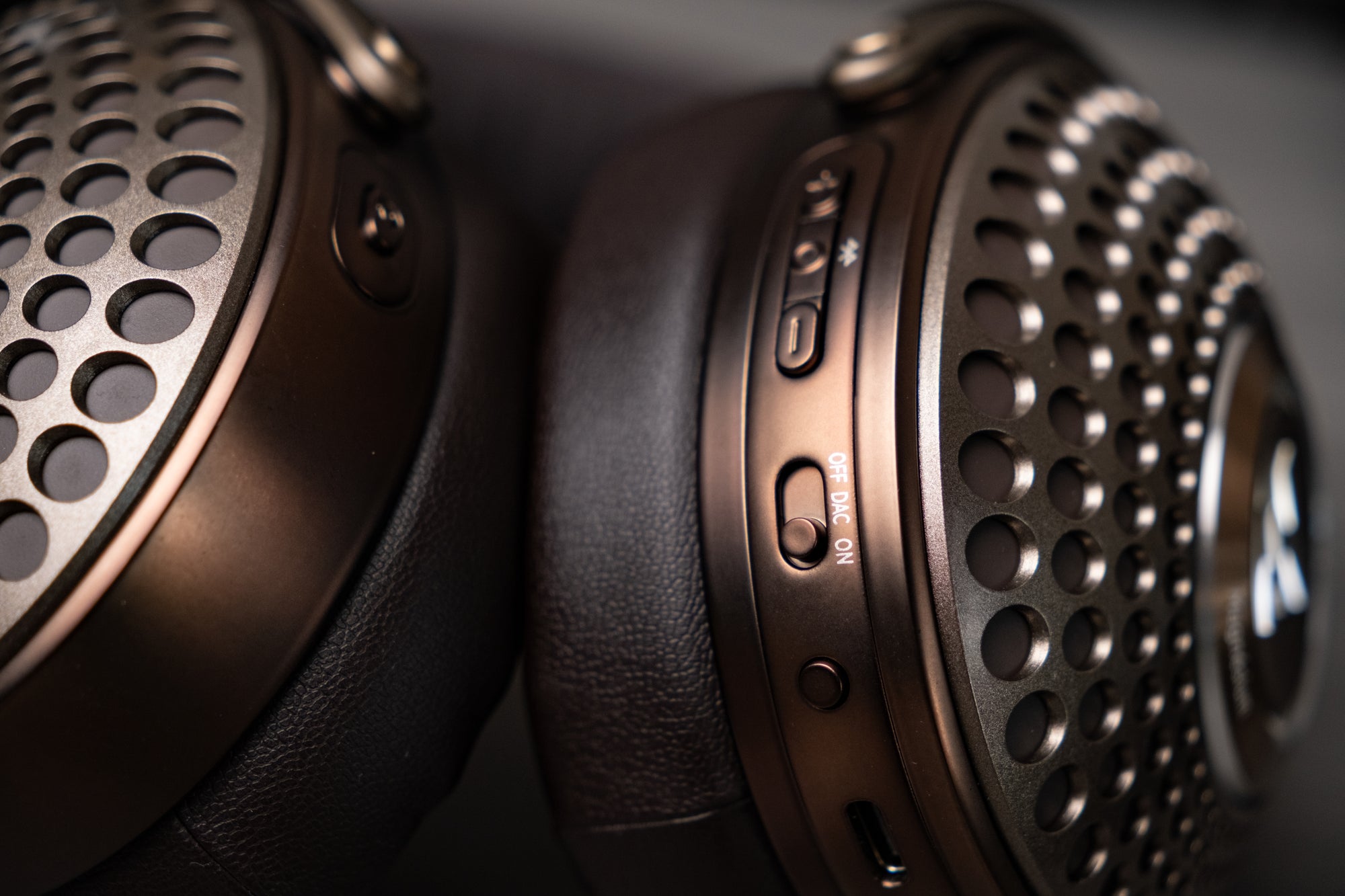
What you get
Apart from the Bathys MG headphone, you get two cables, one USB type-C and one 3.5mm. You also get a convenient carrying case that’s slim, and fits into a bag well. I took this headphone on a plane and had no issues fitting it into my carry-on.
Official Specs
- Bluetooth Technology - 5.2 Multipoint
- Bluetooth Range > 15m
- Bluetooth Frequency Band - 2402MHz - 2480MHz
- Audio Codecs - SBC, AAC, aptX™ Adaptive, aptX™
- Battery Life (Bluetooth NC) - 30 hours
- Battery Life (Jack Mode) - 35 hours
- Battery Life (USB-DAC Mode) - 42 hours
- Other Functions - Google Fast Pair
- Speaker Drivers - 1 5/8\" (40mm) Magnesium drivers with 'M'-shaped domes, made in France
- Frequency Response - 10Hz to 22kHz
- Harmonic Distortion Rate - <0.2% @1kHz
- Microphones - 8
- Weight - 0.77 lbs (350g)
- Carrying Case Dimensions - 9 1/2\" x 8 1/4\" x 2 3/4\" (24 x 21 x 7cm)
- Control Application - Focal & Naim, iOS and Android compatible
- Connections - Bluetooth® / 3.5mm Jack / USB-C® connector
Build, Design & Comfort
The Focal Bathys MG’s industrial design is similar to that of the original Bathys. It uses the same tapered magnesium yokes, the same headband style, the same cup design with the holes on it that anyone with Trypophobia will of course be terrified of. But there are two key differences here between the Bathys MG and the original Bathys.
The first difference is of course the colorway. It’s as if the Bathys went to bronze age Greece, with a more earthy kind of vibe, similar to that of some of Focal’s other headphones like the Clear Mg and the Hadenys. I’m mostly into it.
Focal has of course released other Bathys headphones with different colors as well, like the Dune edition or the recent black one. As of writing this review, it’s unclear to me if there will be any other colors for the MG. Personally I find it to look somewhere between striking and elegant, though I’m not sure which I prefer the aesthetic of between the MG and the grey and black of the original. I’m mainly just not the biggest fan of their closed-back design code with the holes.
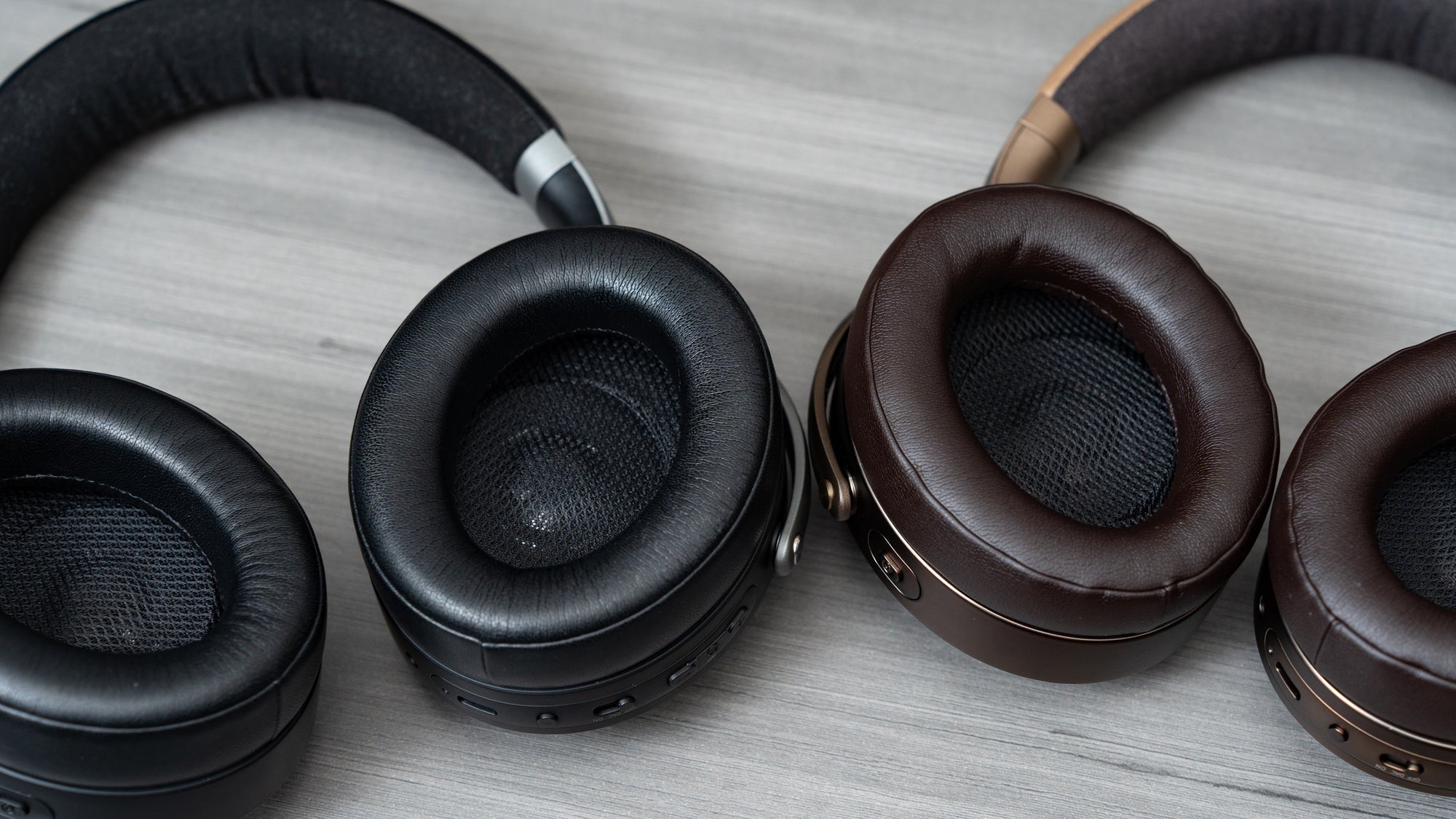
The second and more important difference is that the pads on the Bathys MG are significantly softer and more compliant. This impacts both the comfort and the acoustic performance in-situ. I find the pad change makes it noticeably more comfortable for how it wears, yielding less feeling of clamp pressure compared to the original. At the same time, the increased compliance means my ears are also physically closer to the inside of the baffle, and the back side of my pinna does brush up against it as a result.
I should note, this happens for me with most ANC headphones, since the majority of them have much smaller cups and function more like on-ear headphones for me, I just didn’t notice this at all with my original Bathys. But on that note… the Bathys and Bathys MG are some of the few wireless ANC headphones that actually feel like proper over-ear headphones when I wear them, having enough room for my large ears inside the cup, and this is something I greatly appreciate.
The other benefit to more compliant pads is that for anyone wearing glasses, the Bathys MG is going to have an easier time conforming around the arms of the glasses and maintaining good seal integrity to the side of the head. This is beneficial for full bass extension, where many close-back headphones will lose the bass in the presence of a leak. With that said, in my testing, these headphones don’t seem to have any issues maintaining bass even in the presence of a subtle leak, likely due to what seems like intelligently implemented impedance compensation. So you shouldn’t have any problems with bass dropping out whatsoever even if you do wear glasses.
In short, the Bathys MG is a wireless ANC headphone that looks and feels nice in the hand and on the head. I wore it on a 5-6 hour flight. It was comfortable and I didn’t feel embarrassed once wearing them, which isn’t always the case with high end headphones. It also lights up… but I turned that feature off immediately because I’m dead inside.
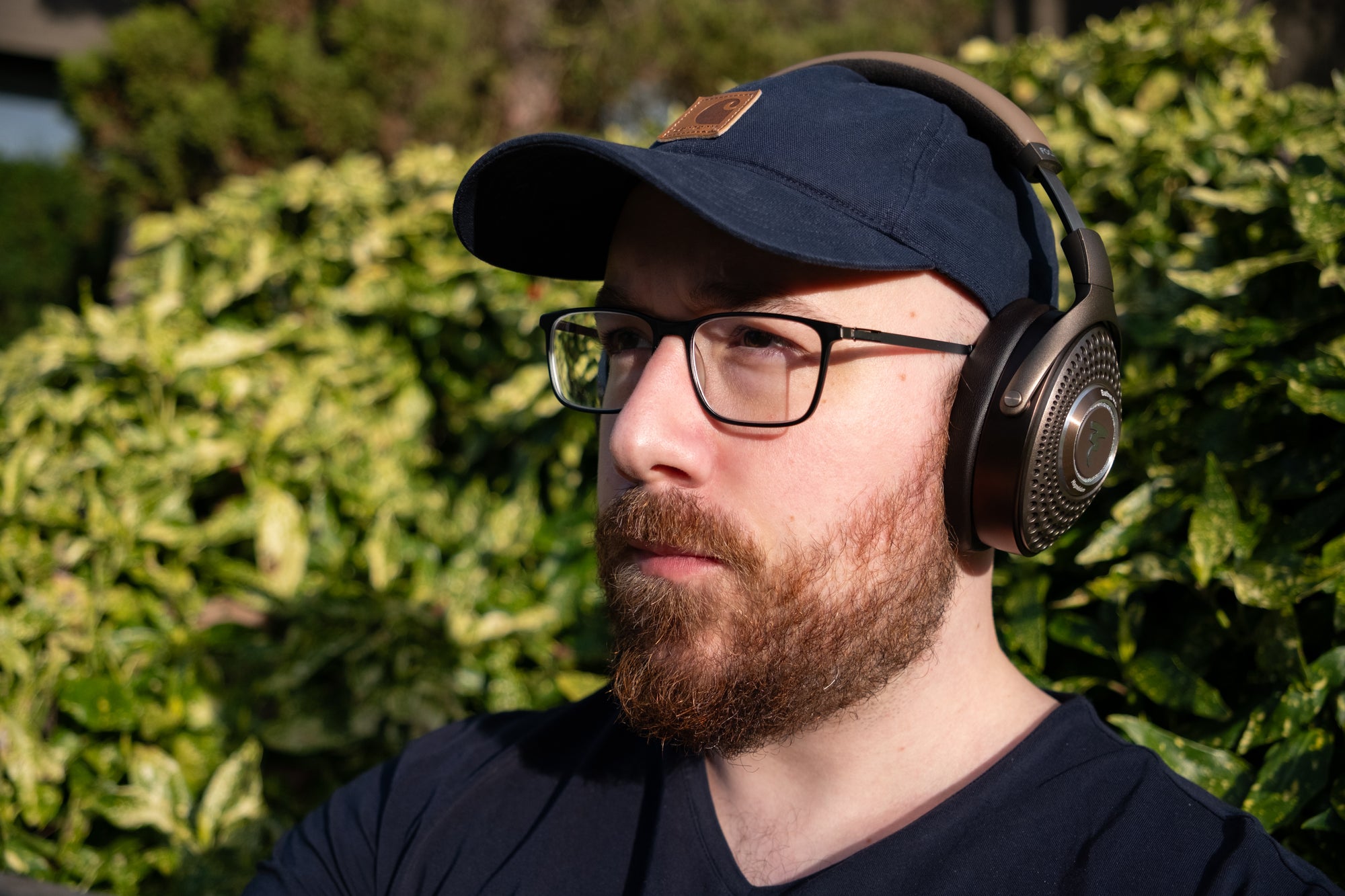
Connectivity & Battery
Before getting into the sound section, it’s important to note that with the Bathys MG you get the identical sound for all modes and all types of connectivity. The difference for the DAC mode with USB-C is that it’s not limited to a 48kHz sample rate and can run up to the full 192kHz. This is nice, but not something people have much of a reason to care about, except in extremely rare circumstances where their content would produce aliasing at such a sample rate. The real benefit to the built-in DAC, at least in my view, is the ability to plug it directly into a laptop or other device where the bluetooth connectivity is poor or limited and still get the best sound.
For most people, you’ll end up using the Bathys MG with Aptx of some kind. I’ve seen people upset that the Bathys MG doesn’t have LDAC or lossless bluetooth connectivity, and they’re right. It should’ve had LDAC at least, which allows for a higher data transmission rate.
But don’t make the mistake of thinking this is the thing that’s going to make or break the sound quality of wireless headphones. This is not the indicator of performance or sound quality that some people think it is, in fact you probably wouldn’t hear a difference. This is a bit like common misconceptions about the discernability of FLAC vs AAC 320kbps. Yes, there’s a difference, but it’s not one worth caring much about most of the time.
What really matters is the relationship of sound pressure level at the eardrum for the audible spectrum, and we can measure this as frequency response.
Case in point, the Sonos Ace was released last year. It had lossless connectivity, and it sounded truly horrible. The fact that it had lossless connectivity was entirely irrelevant. Sure, at $1299 the Bathys MG should have the best stuff, and the product should be criticised for not having it.
Still, I think there’s a good criticism to be made that the Bathys MG should have LDAC, and ideally a passive mode as well. So while there is a 3.5mm connection on the cup, this is an always active headphone.
It is my understanding that Focal can replace the battery and will do so if within its warranty period, and would do so for a fee afterwards, however I’m unaware of any reports of this needing to be done yet with the original Bathys. When I inquired about it, the answer I got was that it was possible to replace the battery, but they’ve never actually had this occur… yet. I expect that for people who want to own their headphones for life, a passive mode would at least have been a nice option, even if that meant the sound is worse.
As far as the battery performance itself, the Bathys MG has extraordinarily good battery life in real world usage. Not only does it last for a very long time due to convenient standby implementation, but the battery also charges insanely fast. They advertise 30 hours of use when connected with Bluetooth, but I have to imagine that’s continuous, because I’ve been able to get through the better part of a week on one charge.
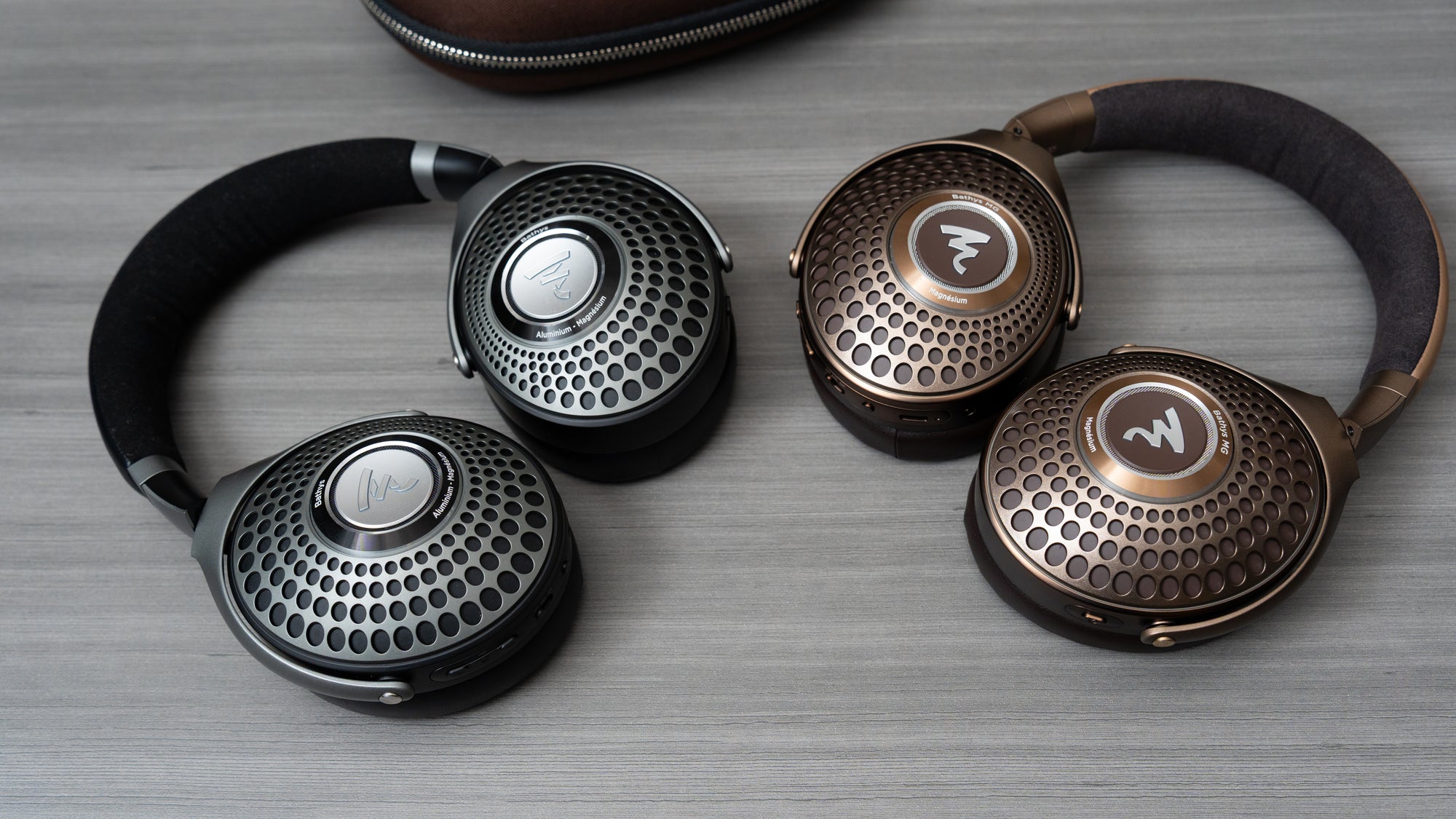
Sound Quality
First things first, the Bathys MG improves on the original Bathys with respect to volume increments. The original had volume increments of 5dB, which many found to be not quite the sweet spot for how loud they wanted to listen, and then had to find third party solutions to dial the volume in just right. I’m happy to report that the Bathys MG uses 3dB volume increments, which makes it much easier to get it to the sweet spot.
Additionally, I should note that the Focal Bathys MG sounds the same, regardless of whether it’s in Silent ANC mode, Soft ANC mode or Transparency mode. I expect this is achieved through some sort of impedance compensation, which means the ANC has been implemented correctly. As of writing, I don’t expect this to have exactly the same kind of leakage compensation you get from the Airpods Max, since the behavior in the presence of a leak is a bit different. But at the very least it does seem to be adjusting to some degree in the presence of a subtle leak. This is going to be really nice if you’re someone who wears glasses. But let’s get into the sound quality.
Now… this is where I tend to get a bit argumentative with the traditional audiophile narratives surrounding these products. The story here is likely to be something along the lines of the new driver being made of better materials, and therefore it sounds better.
It is absolutely true to say that there is a new driver in the Bathys MG, that it’s made of magnesium, and that it has an impact on the sound. However let me be clear that I do not subscribe to the idea that fancier materials entail better sound quality in a headphone. You can have the fanciest materials in the world in a headphone and it can still sound horrible. I think in my early days of reviewing I had been more persuaded by this idea, but in my experience, it’s what you do with it that counts.
With that said, in practice, what Focal have done with this new driver in the Bathys MG is just a straightforward upgrade for sound quality over the original. This is also by far the biggest upgrade, and what the conversation to do with this headphone should really be about. Again, it’s not just the driver that’s responsible… it’s how it’s used - how it’s implemented. And, since this is an always active headphone, there’s a lot of opportunity to do something great here.
Focal likes to go for a sound signature that Listener has described as kind of a “firework show”, which is to say… They usually have some tasteful colorations that elicit a unique effect with certain types of music. They tend to be intense, dynamic, impactful, detailed - all of those sorts of words, and in my view you can actually identify these qualities in their frequency response. I imagine many, Focal included, would disagree here, but that is a different topic of discussion.
Otherwise, for the majority of Focal’s recent releases, at least with respect to their wideband sound signature, they haven’t strayed too far from ‘normal’. So you get tunings that are mostly balanced with a bit of flare here and there.
What’s interesting about the Bathys MG, because it’s an always active (DSP) headphone, you effectively get two sound signatures. One that leans more strongly into the Focal firework show we’ve come to expect, which may not be for everyone, but another in their ‘dynamic’ preset that nails the more traditional Harmanlike response that we might consider “known good”. In fact, I’m struggling to think of any other ANC headphone that does a better job of this, including headphones that are only trying to achieve that.
This is also something that existed with the original Bathys, however both tunings are meaningfully levelled up in the Bathys MG, and it is immediately perceptually obvious just when listening to them side by side.
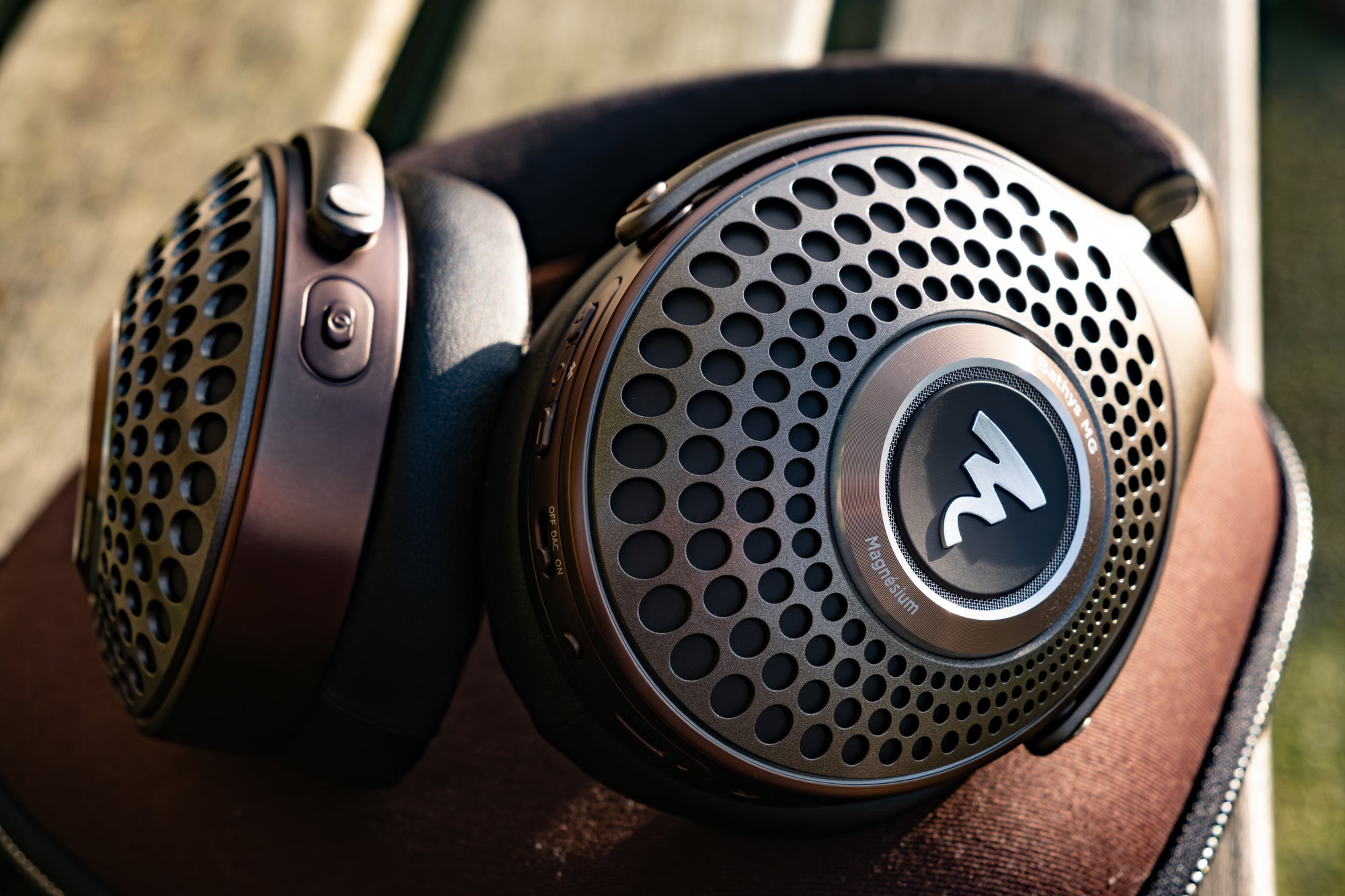
Default Mode
The key difference is that the Bathys MG has a far better midrange. The original Bathys has kind of a thick yet slightly incoherent midrange, with a dip around 900hz that tends to emphasize the 1-2khz region above it, occasionally causing certain recordings to come across with a bit of honk or glare to that band. Not everyone notices this, mind you, and part of that is to do with the positional variation that exists in that band for these headphones.
Now… subjectively, the Bathys MG also sounds a bit like there’s a forward presence around 1.3kHz with the default tuning, despite not measuring like it. But it’s a much more subtle effect because that whole section is a bit pulled back on the MG, and there’s no dip in the mids at 900hz preceding it like there was on the OG Bathys.
My soap box here is that people commonly make the mistake of reading graphs in terms of individual frequency ranges relative to a target. But we don’t hear any of this stuff in such a compartmentalized manner. We should be judging sound quality by evaluating frequency relationships and how those relationships render the musical content being played back. We don’t listen to any particular frequency band in isolation, and tones in music generally span a much wider range than we typically realize.
So to me, what makes the Bathys MG’s midrange presentation unique is the subtle flaring effect you get from the relationship between the forward presence around 300hz and its counterpart at 1.3kHz. And this has a particularly unique effect on piano tones and other acoustic instrumental tones. To me, this is what imparts that extra edge of detail and clarity with those types of tones. To borrow from the audiophile lexicon, this flaring effect gives certain midrange-focused tones a kind of sweetness that a more strictly timbre-adherent ‘reference’ sound signature like a Sennheiser HD 550 doesn’t provide.
How do I know it’s this frequency response relationship that’s responsible for such an effect? EQ. When I reduce one of those bands to sound ‘perceptually even’, the effect disappears.
But I suppose the question is "Is this effect something people will enjoy?”, and my answer to that is… sometimes. It works incredibly well for piano tones and various vocal performances, but this isn’t necessarily going to be the most versatile sound signature. While the bass is generally satisfying, the thicker transition between the bass and lower mids causes upright double bass tones or other low-frequency focused content to sound a bit swollen or bloomy from time to time. It’s as if there’s a shift in focus to fundamental tones in relation to their resonant harmonics.
So when it hits, it really hits… but it doesn’t always hit, and I find myself often preferring a tighter and more tactile kind of low frequency presentation, depending on the type of music I’m listening to. Still, given the subtle forward flare around 1.3khz, some excess low mid presence is welcome.
The treble performance is mostly solid, being both clear yet not fatiguing. There’s a hint of sharpness to the consonant range on vocals but it doesn’t step over into stridency or sibilance. At the same time, the overall presentation tilts a bit more toward the intimate side of things, given the slightly darker lean in the lower treble. Combined with the rest of the forward presence in the lower ranges, this makes it not the most effortlessly airy and open kind of sound some may be looking for.
This instead brings forward certain details in the music, almost like it’s providing a macro image of these tones. Again, for me the strongest example is with piano tones, but it’s also for other types of music as well.
My preference would be for a bit more energy around 5khz, and perhaps a bit smoother of a presentation between 8-12khz, but it’s not too far off here for my tastes. While the app doesn’t have filters specifically in those bands - and this is a key complaint of mine generally with the Bathys MG and nearly all active headphones - it does have a filter at 4khz, which is genuinely useful here for those who may find this region a bit dark.
Personally, I use the 250hz filter to reduce that region by 2-3dB, as well as the 4khz filter to give it a bit more low treble presence.
However, with that said, that’s just the default mode. Then there’s the Dynamic mode.
Dynamic EQ
This is a sound profile that turns the Bathys MG into a more classically neutral or classically ‘Harmanlike’ sound signature. For those unaware of what that is, it’s essentially the best publicly available research on listener preference. It’s a very deep and complicated topic, which we’ve done many videos on, but essentially you can think of it as “known good”. There can of course be other versions of good depending on the person.
Ironically, ‘Harman’ is a bit of a dirty word in the high end, though it really shouldn’t be if people properly understand it. The problem is that the ‘target response’ side of this often gets used to show deficiencies. That's usually when repudiation of the research sets in for people who purchased those headphones, as they cope with depictions of the things they love being shown, perhaps erroneously, to be not so great.
Of course, rather than looking into the research to understand it better, folks will just reject the premise outright, usually for all the wrong reasons - though good reasons do exist!. We also know, from that very same research, that not everyone is going to find this to sound the best for them. But at the very least, we can be confident this is something a lot of people are going to love.
So what does it sound like? It basically fixes any gripes I had about the transition between the bass and lower mids, it linearizes the midrange and ear gain, and brings the mid treble in line with the rest of the response a bit. Basically it removes the flaring effects, the various subtle colorations created by the default sound signature, providing a more straightforwardly balanced and coherent sound signature.
Is this better? Potentially. As mentioned, it kind of replaces the firework show with improved balance and versatility. Not everyone is going to prefer this but I think it’s an excellent option to have.
Now while Dynamic mode existed on the original Bathys, it’s just done better here on the Bathys MG. Why? Most of the fine-grained quirks that existed with the original Bathys seem to have been smoothed out with the Bathys MG. It’s just much more linear throughout the majority of its frequency response.
The interesting thing about this is that the Bathys MG seems to do this kind of sound signature better than most headphones that are specifically targeting it, including passive headphones. I think the only real competition there in ANC headphones might be the Mark Levinson 5909. But that one had some issues around 10-12khz that made it sound a bit on the sibilant side of things. I noted that older listeners may not have this problem, but I found it to be a key drawback.
Subjectively, with the dynamic mode active, the Bathys MG sounds like a better version of the Focal Azurys, their recent passive closed-back headphone. I say better, because the Bathys MG has a more appropriate focus for its initial ear gain, being the region of the response amplified by our physical ears the most strongly. On the Bathys MG, it centers more squarely at 3khz (on the B&K 5128 head), while the Azurys is slightly shifted upwards in frequency.
This also makes the Bathys MG sound a bit closer in tone color overall to the Clear and the Clear MG, just with a lot more bass and sub-bass. And if you think to yourself “but it can’t possibly sound as resolving or detailed as those open back headphones”, there’s actually no reason why wireless ANC headphones can’t. But that’s a topic for another time.
I’m also not going to say it sounds identical to those headphones, just more similar for the ear gain presentation.
Pad Swapping
In short, stick with the default pads on either headphone. No, you cannot turn an OG Bathys into a Bathys MG by just putting the new pads on it. That does truly weird things to the sound.
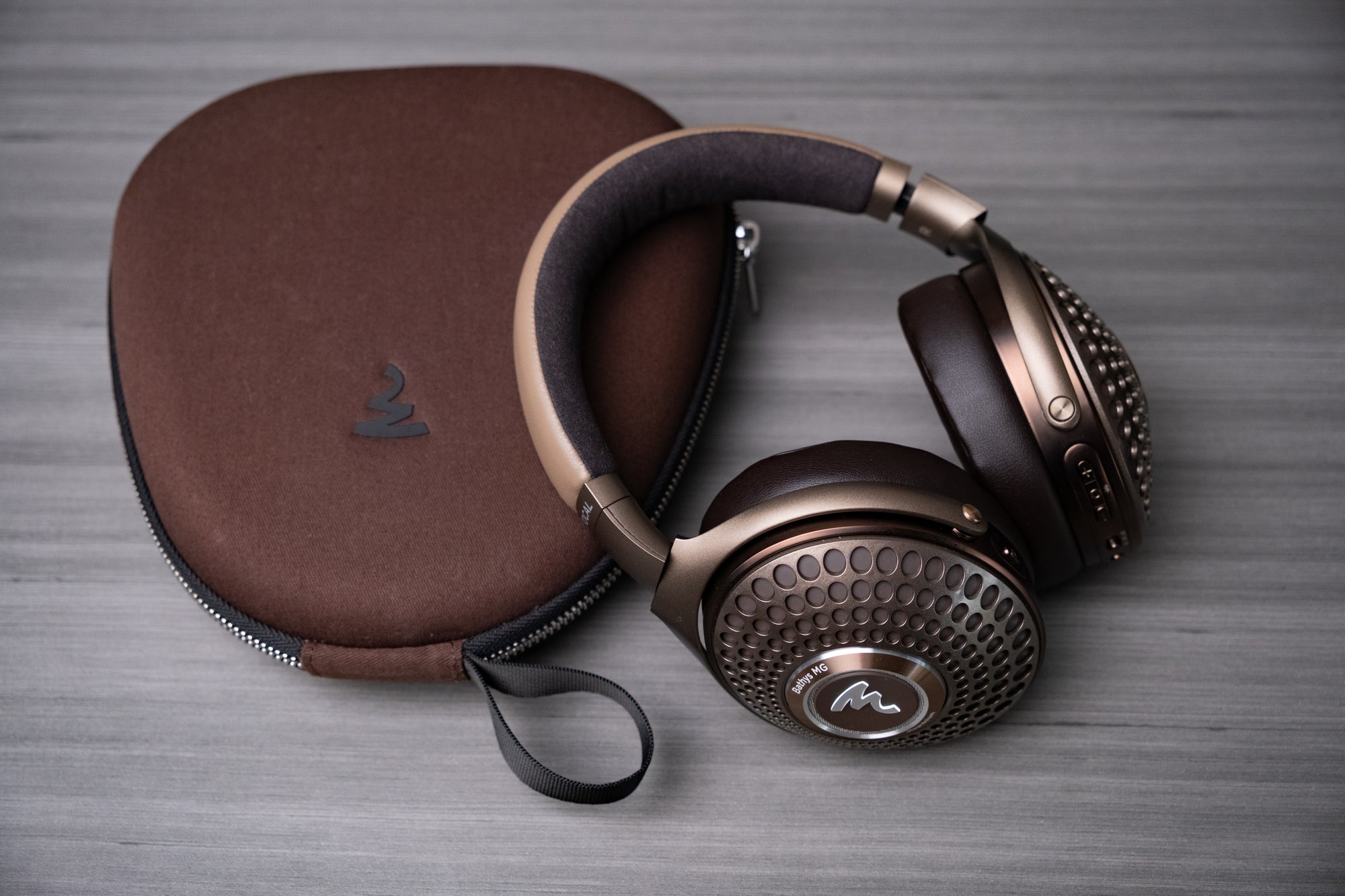
ANC and Features
The Bathys MG improves on the original when it comes to its ANC performance. It’s surprisingly decent. I say surprisingly because again, most high end ANC headphones that promise sound quality first typically have poor ANC performance. But that’s not really the case here.
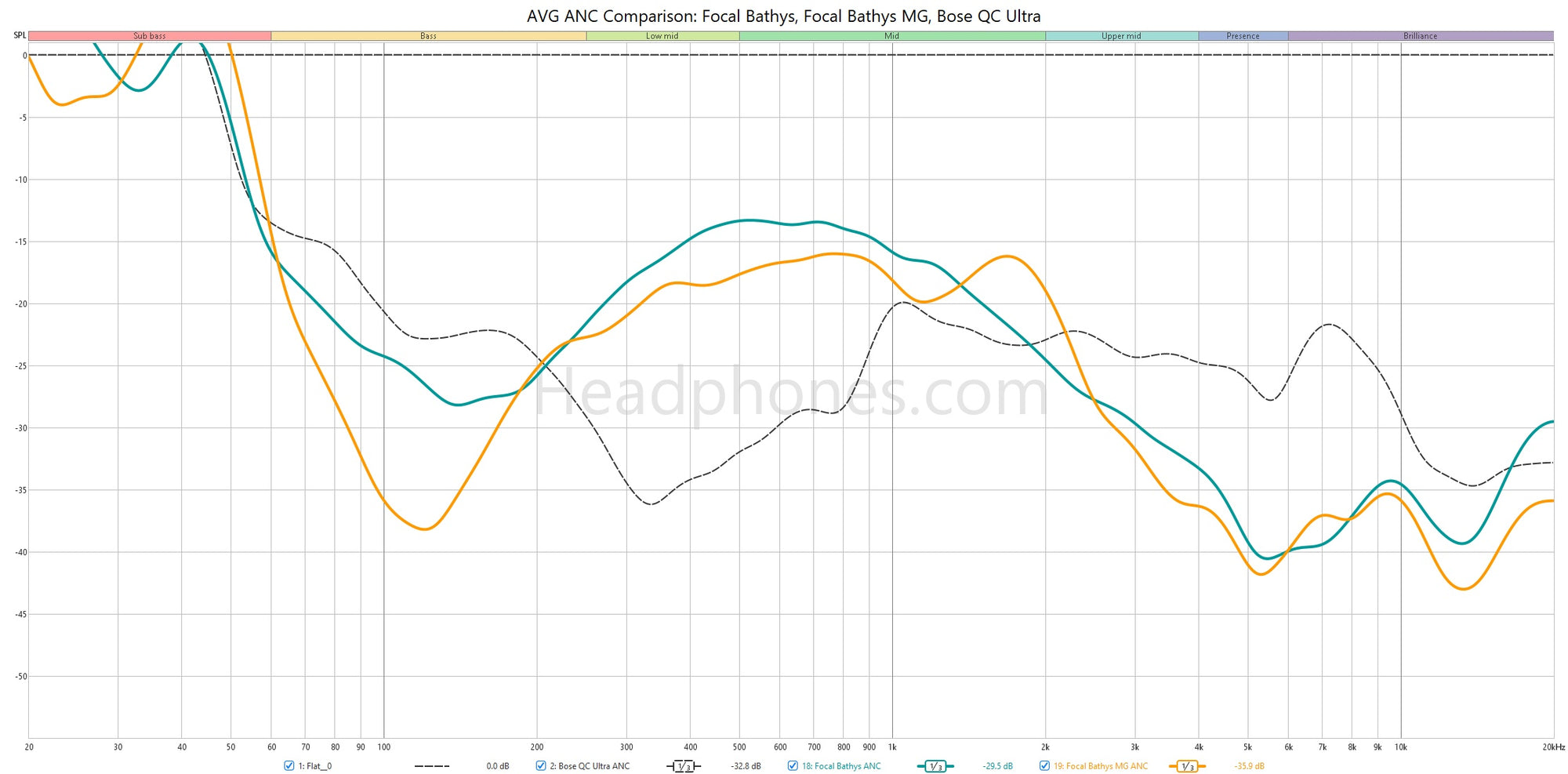
It’s actually better than class leading products like the Bose QC Ultra in both the bass and the treble for its attenuation. But it’s the low mids where the Bose QC Ultra still wins, and this is probably the region where most tones you’re going to care about cancelling fall. So in that respect, the Bose QC Ultra is still the better headphone for ANC purposes - at least in my view. I wouldn’t read anything into the low bass ANC performance here since this is more of a limitation in terms of test methodology at the moment.
There’s also a soft ANC mode and a transparency mode, just like with the original Bathys. The transparency mode works well, and the built-in mic quality is also effective for taking calls. I did some blind testing between the MG and the original to see which sounded better to a person on the other end of the call, and they were unable to tell which was which. With that said, they did indicate that one of them sounded like it was getting some connectivity-based artifacting, and that ended up being the original Bathys. For my use case, these are somewhat pass/fail. It’s either good enough or it isn’t, and not something I’m overly scrutinizing for my personal use.
Other features include Bluetooth 5.2, which enables multipoint. This is an area where again they could have gone with something more advanced. Moreover, the multipoint could be implemented better. Multipoint effectively allows the headphones to connect to multiple devices at the same time, and it does work on the Bathys, but as of writing - with my devices - it seems to still have some quirks.
I’m able to seamlessly transition from playing music on my phone to playing music on my computer, but when I want to switch back to my phone I get no playback until I fully disconnect it from my computer. Now with that said, I use the Creative BT-W5 dongle as my bluetooth audio device on my computer. This may be a limitation to do with that device specifically, so your mileage may vary.
You also get the same Focal and NAIM app and EQ filters available on the original Bathys. I always wish there were more filters, some form of parametric EQ option, or more appropriate filters with ANC headphones, the same is true here. I will say… they are closer to the appropriate spots than most, when it comes to the bands you’re most likely to want to adjust. For example, I wish there could be a filter at 300hz and at 1.5khz. But you do get filters at 250hz, and 1khz. So at least it’s close.
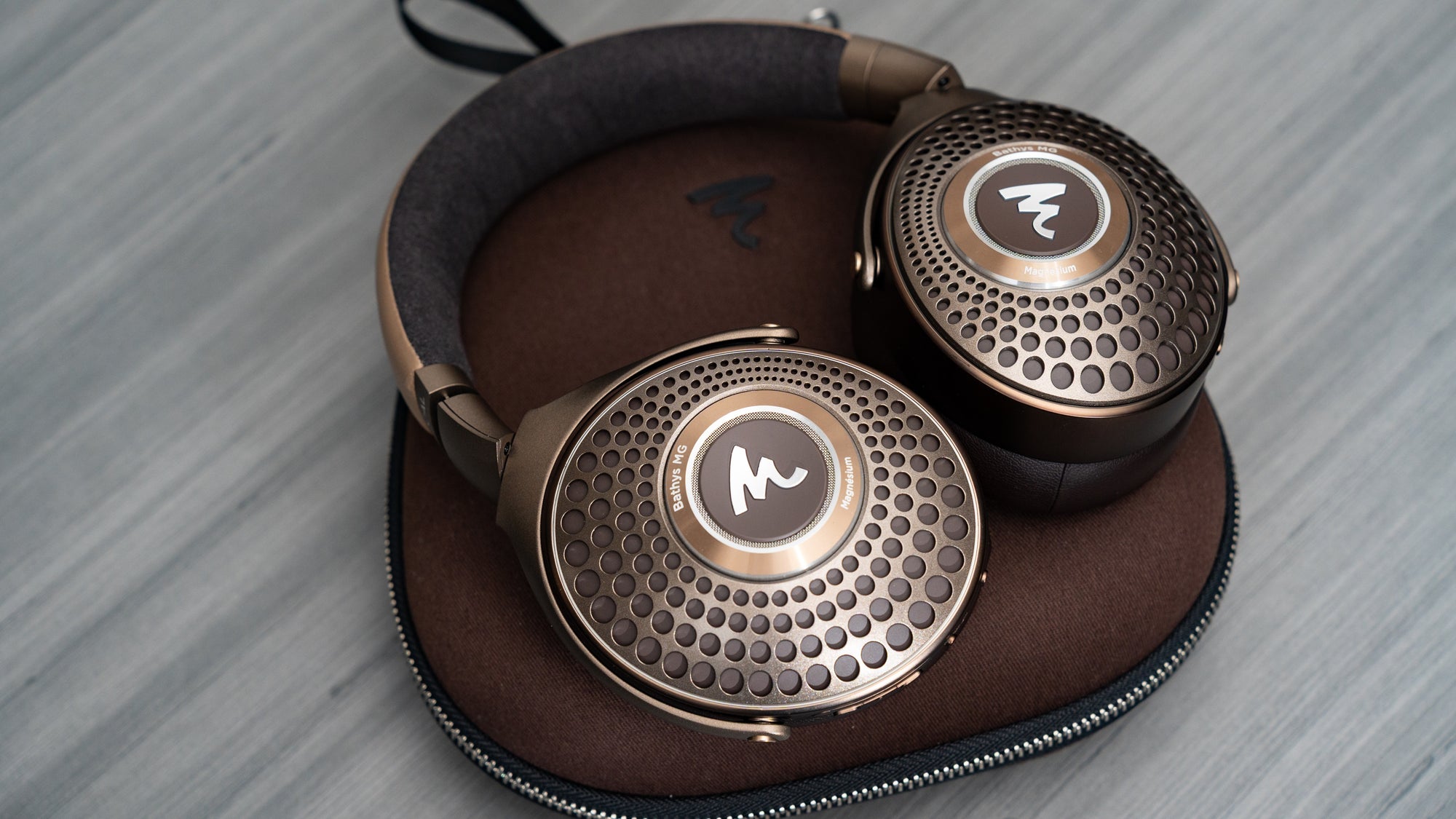
Comparisons
As mentioned, people make these assumptions that you get what you pay for in audio, and that more expensive products are necessarily going to sound better. In reality, they only sometimes sound better. In many instances, the more expensive product does not sound better. Naturally, you will find a lot of purchase justification online about this stuff from people who have bought these various products and want to feel good about the thing they bought. But in my view, us headphone reviewers should try to be as price-agnostic as possible.
T+A Solitaire T
There’s really not much competition here in my view. The Bathys MG sounds, feels, and functions better than the Solitaire T across the board. There is no single category where I’d choose the Solitaire T. I think the key comparison here is with respect to sound quality though, since this is definitely a product that is built around the promise of sound quality in an ANC headphone.
While the Solitaire T ends up going for a more balanced tuning compared to most of the ‘store demo mode’ sound signatures you get in conventional ANC headphones, and I’d actually say handles the low mids a bit better than the Bathys MG - at least for my taste, the problem is they made some questionable decisions when it comes to how the treble is tuned.
If you consider the tuning in the treble for ear gain - so where most of the effects along the path to the eardrum are imparted by the pinna - you can see that the Solitaire T goes for quite a bit of distance between the primary ear gain and the bulk of the treble range. To my ear, this leads to a somewhat shouty/glarey presentation overall, punctuated by a stronger shimmery upper treble.
Now I have a theory as to why they may have tuned it this way, but I won’t get into that here. There are several other sound profiles, ‘relaxed’ being perhaps the best alternative, but even this doesn’t really come close to the sound you get from either modes on the Bathys MG.
Mark Levinson 5909
As of writing this I don’t have the 5909 measurements in the database, but I’ll be adding that soon and updating this article once that’s done.
The 5909 should be thought of as one of the better implementations of a Harmanlike tuning. With that said, it’s not without its foibles. The main issue to do with the sound quality is that it has quite a lot of excess treble energy around 10-12khz, causing the upper edges of sibilant tones to come across as occasionally harsh and strident. It’s a zingy boy up top.
Apart from that, the sound is actually quite nice with this one. I think it competes reasonably with the Bathys MG, especially for older listeners.
One key advantage for the 5909 is that it can be used passively, so for anyone where this is a major consideration, the 5909 is the clear winner in that regard.
With respect to build and comfort though, this is where the Bathys MG wins hands down, and the app and connectivity for the Mark Levinson is far more limited. The only customizability you get is to do with a low shelf function.
B&O H100
The B&O H100 is the prime example of an ultra expensive ANC headphone that promises great sound and simply doesn’t deliver. Now it does have decent bass and acceptable mids. But the ear gain and treble goes straight to hell. This headphone has some of the worst treble performance I’ve heard in an ANC headphone and is easily outclassed by the Bathys MG and most other ANC headphones, even some ultra budget ones.
Under no circumstances can I recommend the H100 for sound quality. It does have some nice build quality with replaceable parts and I’d actually say the build on the H100 still feels more premium than the Bathys MG, especially with its fancy cup design. But in order to enjoy that one I feel you really have to be okay with sub-par sound quality.
Dali IO-12
The Dali IO-12 is an ANC headphone that seems to actually deliver on sound quality… sort of. It should be noted that the sound you get here is quite V-shaped. There’s a lot of excess mid-bass, as well as some zingy treble. Now in my opinion that’s actually okay, even if I personally wouldn’t use it without EQ. There are people who like this kind of thing.
Comparing the two, the Bathys MG is going to be more clear for the mids, while the Dali has a stronger bass and treble effect. While they’re both positionally variable, the Dali IO-12 is far more positionally variable, and in certain placements it loses the majority of its ear gain presence, meaning you kind of have to move it around to find the right spot for it to sound its best.
What I like about the Dali is that it has very large cups that fully fit around the ear. The Bathys MG is also good there, but the Dali’s feels even larger. Where the pendulum swings back in favor of the Bathys MG is that it has an app and a number of customizability features, while the Dali doesn’t have this. So if you want to dial it in with EQ, you need to do that through third party software.
By default, the Bathys MG is by far the more versatile headphone. But if you’re the kind of person who only uses your headphones at home, you have a setup with your EQ software or app where you can dial in the sound how you like it, then I can see a good case to be made for the Dali. The problem is I feel most people who are spending this kind of money probably aren’t going to learn how to do that, in which case you get quite a bit more for your money with the Bathys MG.
Bose QC Ultra
This may come as a surprise to some, given Bose isn’t generally well known for their sound quality. But for ANC headphones, the QC Ultra is very high on my list of products that I would personally buy.
I want to be clear, it does still have some issues with sound quality, particularly a narrowband resonance around 2khz that can’t be fixed by its app, and its default tuning really is that ‘store demo mode’ kind of bass that just sounds muddy and overbearing. But that bass boominess can be fixed for the most part in its app, because it has a shelf function in the right spot. Most ANC headphones that have an app fail to put the filters in spots where users are likely to want to adjust the headphones, but at least for the bass filter, Bose has put it in the right spot.
The other advantage of the Bose QC Ultra is that it nails the comfort, and also has class leading ANC. I don’t care too much about the rest of its features, but if I consider the product as a whole, it’s very tough to beat the Bose QC Ultra.
With that said… the Bathys MG is a contender to my somewhat contrarian favorite, if price were not a factor. While its ANC performance isn’t quite on par with the Bose, it’s still solid. And its sound is in my opinion better. It just sounds clearer and more engaging throughout the mids and treble, while the Bose QC Ultra is inoffensive but a bit on the mushy side of things. It doesn’t have quite the articulate presentation for instrument tones compared to the Bathys MG.
Still, in reality price is a factor for most of us, and this is where a person of more modest means such as myself should feel comfortable opting for the QC Ultra given just how solid of a product it is for its intended purpose.
Apple Airpods Max
No graphs for this one at the moment, largely because the Airpods Max is seemingly impossible to make sense of from a data perspective, and there are a lot of complicated reasons for this. People are bound to think “but don’t industry standard measurement systems like the B&k 5128 or GRAS 43AG give you a perfect representation of the headphone performance??”, to which the answer is a resounding “no”. And, if anything, the Airpods Max’s behavior is a good indication of that.
I tend to think this only makes sense if you’re in the Apple ecosystem. But with that said, there are good things about the Airpods Max, and areas where it beats the Bathys MG.
Anecdotally, the Airpods Max has better ANC and also a better bass to midrange transition. So the bass quality on the Airpods Max is actually very good in my opinion, and I can even see it being preferred over the Bathys MG.
At the same time, the relationship between the ear gain region around 3khz and the rest of the treble around 5khz and up is just… weird. There’s a consistent harshness for how this whole section comes across, and it kind of messes up the timbre for me in comparison to other ANC headphones, even like the Bose QC Ultra.
It’s also not comfortable, as the clamp force is too much. The build quality feels nice, but I have a hard time recommending this headphone for anyone not decked out in everything Apple.
One last key advantage the APM has is spatial/immersive audio, and when this experience works with the right kind of content, it’s very good. No such feature exists with the Bathys MG.
Audeze Maxwell
These are very different headphones, as the Maxwell uses a planar magnetic design, and there's no ANC with this headphone, but a lot of people ask me to compare the sound quality between the two since they’re both wireless. So if you don’t need the ANC… strictly for sound quality, it’s actually a tough call.
So I’ve said in the past that the Maxwell sounds better than the original Bathys, however it’s a harder comparison with the Bathys MG. I actually prefer the way the Bathys MG handles the primary rise to the ear gain, as the Maxwell can occasionally sound a bit shouty up there to my ear. But I’m also a bit sensitive to that primary ear gain region around 3khz. The rest of the overall wideband balance is handled a bit better on the Maxwell.
Otherwise, the Maxwell is less comfortable, given its extra weight and bulk, and it still has a bit of that gamer aesthetic that folks looking at these headphones may not want to give off. So if someone just handed me either one to use long term, I’d probably choose the Bathys MG. But again, in reality price does matter here. If you’re just looking for a great sounding wireless closed back headphone, and you don’t need ANC, the Maxwell is hard to beat.
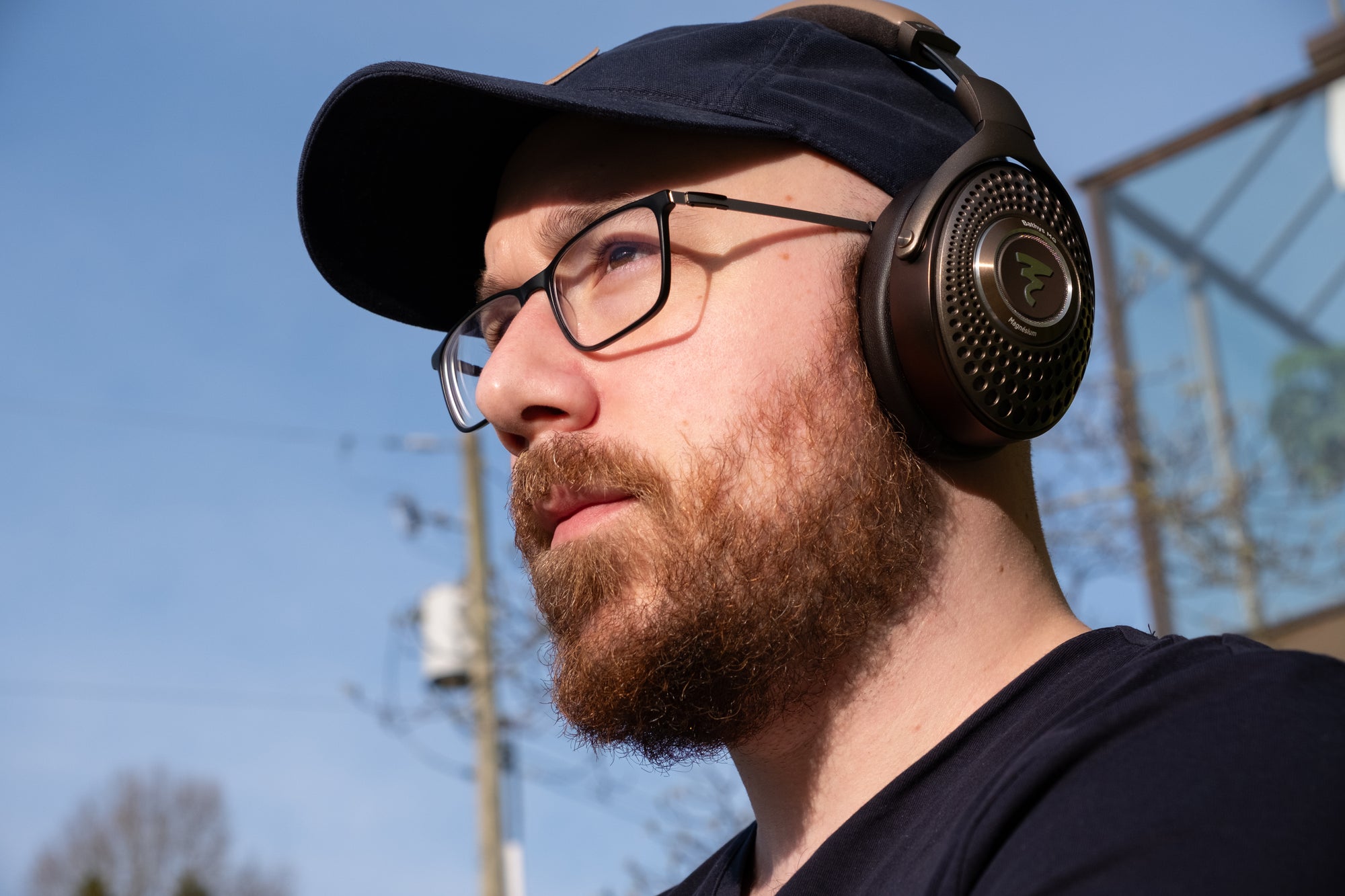
Conclusion
As I’ve indicated throughout this review, the Bathys MG is effectively a more premium Bathys. It’s a leveled up version of that platform in just about all ways, and it certainly delivers on the promise of great sound quality, where most of the ultra high end ANC headphones do not. Still, if you’re considering what goes into ‘the best’ ANC headphone, there are some shortcomings here to be mindful of, like no LDAC, or no passive mode, despite great battery life in practice. I suggest considering how much those things matter to you.
I’m going to conclude this review by saying that I feel the Bathys MG should’ve been priced around $999, even though it also outclasses the other ultra high end ANC headphones that cost significantly more. The main reason is that while it’s an upgrade over the Bathys, it’s similar enough to the original platform that such a price jump doesn’t quite feel proportionate to its improvements.
Moreover, those of us like me who are going to be heavily scrutinizing sound quality with these devices before purchasing them haven’t traditionally had much reason to look at the ultra high end market in ANC headphones. If we’re going to spend a lot of money on headphones, we’re likely to do so on passive headphones, where the promise of great sound quality is more regularly delivered, and then choose a less expensive ANC headphone as an accessory for when we need it.
With that said, in my view the Bathys MG is currently the best sounding ultra high end ANC headphone, even with some of its shortcomings that I’ve mentioned throughout this review. It’s a luxury product for those who can afford it, and one that does deliver on the promise of great sound quality. For those who are not at all value conscious, this one gets my recommendation. It’s personally what I would buy, if price were not a factor.
If there’s a silver lining to the exorbitant price tag… the Focal Bathys MG should be considered a measuring stick for other brands to be competitive in the high end landscape. Whether we’re talking about sound quality, ANC performance, comfort, design or features, they all can and should do better.
